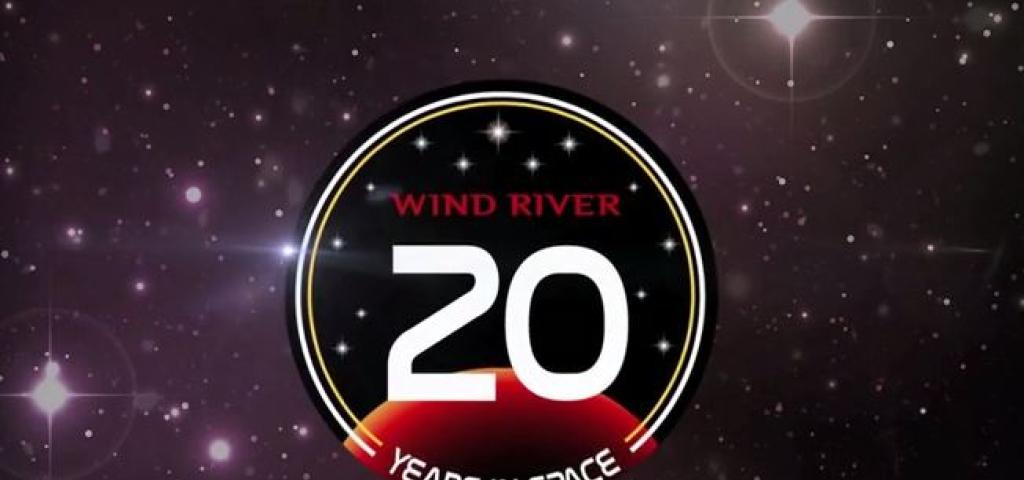
Multi-core for Space?

For over 20 years, Wind River has provided a proven software platform to bring dozens of unmanned systems to space, resulting in some of the most significant space missions in history. (See Celebrating 20 Years in Space). Since the initial missions, VxWorks has grown and evolved, and now offers solutions for virtualization, multi-core, multi-blade, and distributed systems solutions.
These space missions have provided significant insight into our knowledge of our planet, and of our neighbours in our solar system. I am very proud to be a part of such missions which push the boundaries of both technology and scientific understanding. Each mission brings new and exciting achievements, from the original MARS Pathfinder landing on July 4th in 1997, to the MARS Curiosity Rover’s in 2012, to the ESA Philae probe landing on an Asteroid last year in 2014.
One interesting aspect of all of these missions is the time required to design, build, launch, and then operate these complex devices in remote environments. The recent Philae lander has been travelling with the Rosetta Probe towards its final destination asteroid for 10.5 years! To put that in context, it had been travelling for three years before the original iPhone launch in 2007!
As we move into 2015, the demand on capability of these missions will increase as the science becomes more challenging and as commercial space technology starts to mature. This will increase the capability requirements of space-based systems, especially as we move from unmanned probes to manned missions, even including passenger carrying spacecraft. This demand for more capability will require future systems to utilise advanced, higher power, radiation-hardened multi-core devices, protecting them from solar radiation degradation in order to endure continued operation in harsh space environments..
In commercial aviation we have been carrying passengers safely for many years, and have evolved the technology in many areas to improve both comfort and safety. Wind River’s VxWorks 653 Real-Time-Operating-System (RTOS) for ARINC 653 time-and-space partitioned environments is a great example of software evolution, which has now been used by over 180 customers, 330 program design wins, on over 70 global aircraft. VxWorks 653 provides a software platform that allows our customers to rapidly add capability, whilst maintaining safety across the compute platform — this is crucial for modern aircraft such as the Boeing 787 and 777X.
As we evolve space technology to use more modern high powered multi-core devices, we will need to efficiently enable advanced hardware virtualization platforms that give application designers more freedom to innovate and integrate applications from a wide range of capabilities and operating environments. This powerful hardware virtualization technology is now fully integrated with the latest releases of VxWorks, VxWorks 653, and Wind River Linux.
Look out for news from Wind River in the coming weeks on upcoming support of safety solutions for multiple-OS environments for today’s advanced multi-core processors.


